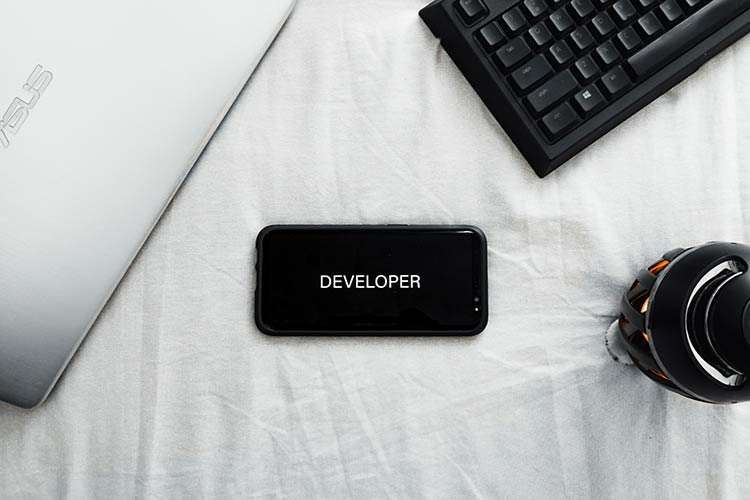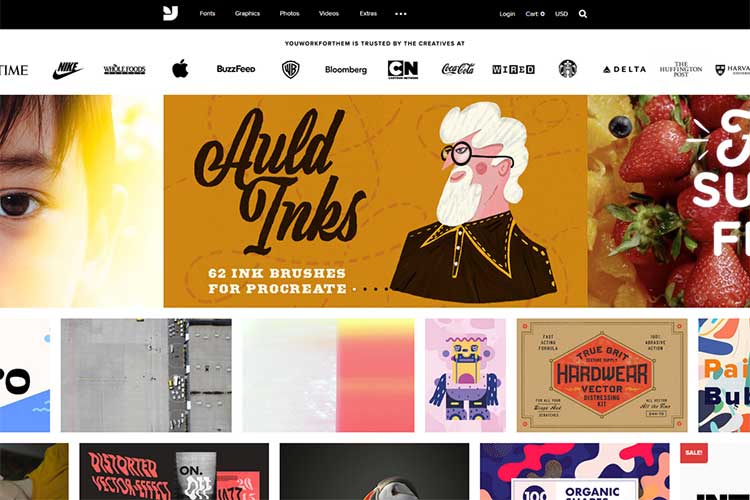Being a successful web designer is more than just hardcore Photoshop skills and a mastery of the latest CSS framework. The challenge that keeps amateurs from becoming professionals is effectively managing their freelance careers.
While some of these skills cannot be learned overnight, here are a few things you can start doing now so clients think of you as a professional and transform your freelance web design career.
The Freelance Designer Toolbox
Unlimited Downloads: 500,000+ Web Templates, Icon Sets, Themes & Design Assets
All starting at only $16.50 per month
1. Don’t Drop the Ball: Effective Communication Is Key
When was the last time you did work for a business that promised to call you back and never did? Or ignored your countless emails when trying to solve a problem?
Effective communication can make or break a professional in any field, but it’s of particular importance in the web design field. Professional designers understand that communication dictates the success of a project. Regular updates help make sure that your client is satisfied with the direction. And, if something does go wrong, you’re in a position to adjust timelines and expectations accordingly.
If you drop the ball on communicating with your clients regularly, it can result in deadlines being missed and an unhappy client who will not be raving about your web design services to anyone.
2. Always Set Clear Expectations to Avoid Problems
If you haven’t set expectations early on, the chances of you running into problems, later on, are high! Here are two types of documentation professional web designers use to ensure their clients understand their working process:
Draw up a Contract
Professional web designers never work without a contract. Not only does it protect you, but it helps set clear expectations to your client. Make sure your contract contains the following:
- An outline of the job, including how many revisions will be allowed.
- Who owns the rights to the finished product.
- Your deadlines, rate fee, early termination fee, applicable late fees and dates of payment.
Create a Goals Document
Before you begin work on a project, agree on goals with your client and put them into a document. By taking the time to create this project scope, you have proof to charge more money if your client decides to change direction after the project has started.
And remember, while it won’t hurt to go above and beyond for your clients occasionally – don’t make it a habit. Avoid setting up expectations that you will work late nights and weekends just because you’re self-employed.
3. Only Deliver Showstopper Work That Will Make Your Portfolio Shine
You are never going to grow your freelance business and graduate from amateur to professional if you do not take pride in your work. While this tip does seem like a no-brainer, many freelancers take short cuts and only put in half the effort when working for clients that aren’t “exciting”.
While you do want to strive to build a client base that is aligned with your career goals, you may need to take on projects that aren’t your first choice, but you should not treat them as such.
Anything attached to your name should be a showstopper and make the next client eager to work with you. It should be your top priority to submit only your best, especially if you want to draw in those higher payer clients and grow your freelancing career.
4. Never Stop Networking and Looking for New Clients
A big mistake that amateur freelancers make is by relying on a small number of clients to make a living. A successful, professional web designer knows that there is more value in having a diverse client base and the stats speak for themselves.
A recent survey by Contently showed that half of all freelancers who never look for new clients make less than $20,000 per year.
By setting aside time on a regular basis to look for new clients, you can prevent becoming reliant on one or two for survival, and if one unexpectedly leaves, you can still get through the month without breaking a sweat.
Besides applying for jobs online, get away from your computer and go back to networking 101. Attend social events in your city, go to conferences, and discover where potential clients are hanging out. It is an excellent way to start making a name for yourself and form personable business connections.
5. Show off Your Work with a Professional Online Portfolio
If you do not have a portfolio that is up to date or an active social media presence your professional brand screams amateur. Professional web designers understand that clients can be found anywhere and how important it is to have a place to show off your experience, what companies you have worked with and your past projects.
An updated portfolio shows potential clients how relevant and active you are in the world of design and gives them solid evidence about your capabilities. By ensuring your portfolio is also filled with the sort of work you would like to do, you will attract the right clients and be one step closer to working on projects that inspire you and make you feel fulfilled.
Here are some of the key aspects your online web design portfolio should cover:
- Layouts
- Content Management
- Composition
- Typography
- Colours
- Techniques
- Design Rationales
6. Screen Potential Clients to Wean out the Bad Apples
At some point in your freelance career, you are going to come across a bad client. Whether they want to control too much of what you do or communicate badly, the experience can be frustrating and lead to a loss of income as well as valuable resources like your time.
Professional web designers avoid attracting the type of clients they do not want by having a solid screening process in place. Instead of accepting any client that comes your way, ask yourself if their tastes align with your design principals. If you accept a client who hates the subtle, minimal designs you love, you are only setting yourself up for failure.
Other things to consider during this process is if the client can afford you, do you need them and if the project is aligned with your career goals. By focusing on attracting quality clients early on in your career, everything else will fall into place, and you will end up doing more work that you love.
7. Keep up with the Latest Trends and Don’t Stop Learning
To be a successful freelance web designer, you need to be technologically in tune with changes in the industry. Professionals who are quick to learn new things or technologies can differentiate themselves from competitors and become more sought after by potential clients.
Set aside time in your work day or during the week to learn things in your field. Read web design blogs to find out what’s new and trending, or invest in your continuous education by signing up for workshops, certifications, or the occasional class.
Remember you are never too old to learn new things and while you do not need to have the latest of everything to stay relevant, you need to keep your skills sharp and avoid working on technology that is outdated and not the industry standard.
Wrapping It All Up
What separates an amateur web designer from a professional is not how long they’ve been a freelancer. In reality, it is about their attitude and the way they handle their business and clients.
The road to becoming a professional freelance web designer is not easy. It is a challenging industry that requires dedication to not only tangible skills but soft ones like customer services to stay relevant and in demand.
This post may contain affiliate links. See our disclosure about affiliate links here.




